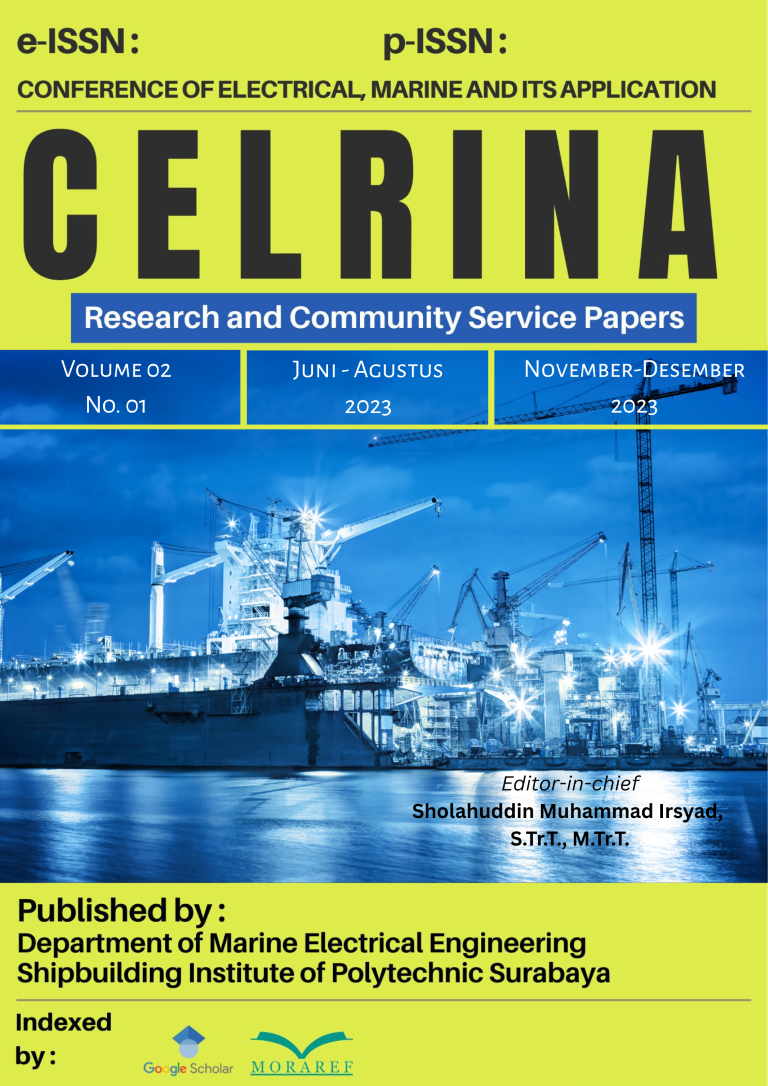Linear Quadratic Regulator (LQR) and Linear Quadratic Tracker (LQT) System for DC Motor M66CE-12
Keywords:
System, Motor, LQT, LQRAbstract
The purpose of system optimization is to determine the appropriate control signal so that the system output can maintain or follow the given reference, while minimizing or maximizing a certain performance index. Optimal control is divided into two main cases, namely the regulator case (known as Linear Quadratic Regulator or LQR) and the tracking case (known as Linear Quadratic Tracking or LQT). In this report, the author discusses the LQR and LQT methods as contained in the Automation Engineering course at PPNS entitled "System Optimization". In this study, the author uses Simulink to simulate the system created using the LQR and LQT methods. To obtain a mathematical model of a 1st order DC motor and the variables needed in LQR, a DC motor datasheet is required involving the value of the moment of inertia, motor constant, damping ratio, resistance, and inductance. By performing a 1st order mathematical modeling calculation, it can be compared and concluded from the results of the step response of the two systems. The results show that the M66CE-12 DC motor system using LQR has a more optimal performance compared to the M66CE-12 motor of order 1. With LQR, the step response of the M66CE-12 DC motor can reach the set point, show a stable graph, have a fast rise time, and show overshoot and undershoot with small values. Meanwhile, the step response produced by the LQT system also shows a more optimal performance compared to the two systems.




